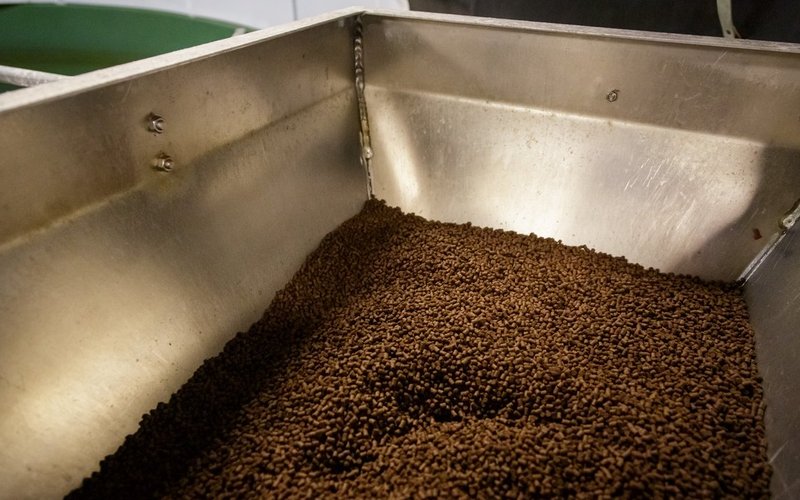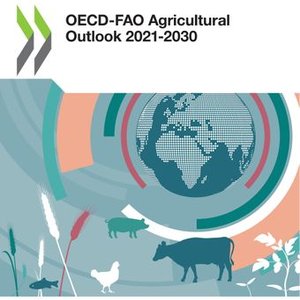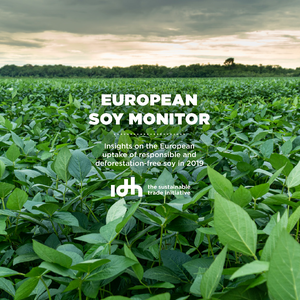Researchers from the Institute of Marine Research examined 141 samples of fish feed in 2020 on behalf of the Norwegian Food Safety Authority and found that none of the samples contained undesirable substances above the upper limit, as in previous years.
Every quarter, the Norwegian Food Safety Authority takes samples from Norwegian feed factories and sends them to the Institute of Marine Research for analysis. The purpose is to get a situational picture of the occurrence and level of unwanted substances in fish feeds and ingredients and check possible risk factors for health and the environment. Approximately 2 million tons of fish feed are produced annually in Norway.
In 2020, 141 samples - 85 fish feed, 9 fishmeal, 9 vegetable meal, 10 fish oils, 8 vegetable oils, 4 insect meal and 16 premixes - were analyzed.
Traces of banned additives
“In some of the feeds we examined, we found traces of ethoxyquin. It is not high levels, but trace levels that may stem from cross-contamination from production lines or transport,” said Veronika Sele, researcher at the Institute of Marine Research.
Polycyclic aromatic hydrocarbons (PAHs) were also found in vegetable-based feeds. “No limit values for PAHs have been set in feed, but the level is somewhat higher than we have seen before,” said Sele.
Nutrients
In terms of minerals, vitamins and fatty acids, the levels are the expected ones, except for the B vitamin that was a bit low, especially when it comes to plant-based feeds. “Salmon needs B vitamins such as folate and cobalamin to have optimal health,” said Sele.
Alternative ingredients
“The pesticide chlorpyrifos has not been found in fish feed in the last two years. This probably reflects the fact that chlorpyrifos is now forbidden to use. Natural herbicides such as theobromine and glucosinolates were recently included in the program, but without significant amounts,” said Sele.
Since 2019, researchers have also begun to obtain samples of insect meal, which has recently been approved as a feed ingredient for fish feed. They have not seen any major risks so far.
Read the report here (Norwegian).










